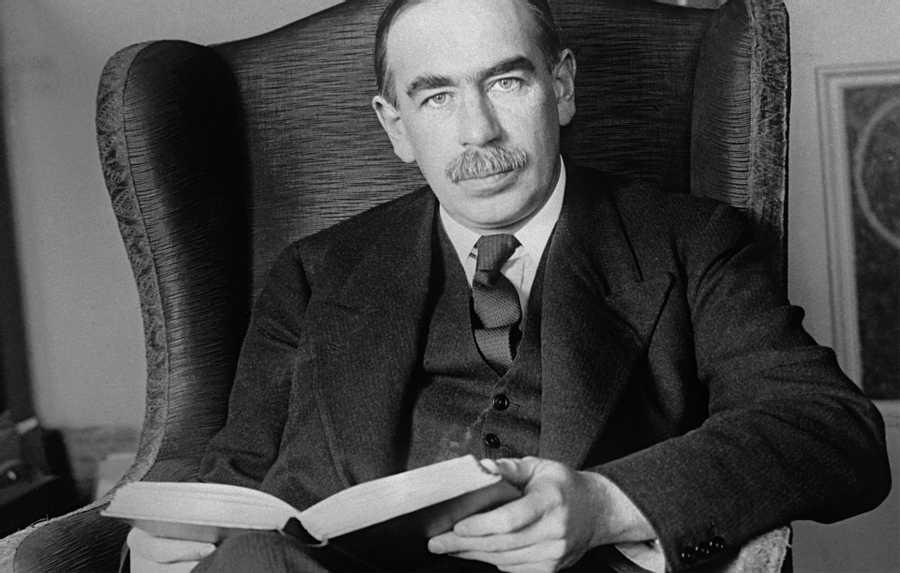Keynesian Economics
John Maynard Keynes (1883-1946) was interested in the level of national income and the volume of employment rather than in the equilibrium of the firm or the allocation of resources.
He was still concerned with the problem of demand and supply, but “demand” in the Keynesian model means the total level of effective demand in the economy, while “supply” means the country’s capacity to produce. When effective demand falls short of productive capacity, the result is unemployment and depression; conversely, when demand exceeds the capacity to produce, the result is inflation.
44
486 reads
CURATED FROM
IDEAS CURATED BY
"In fact, the confidence of the people is worth more than money." ~ Carter G. Woodson
The idea is part of this collection:
Learn more about economics with this collection
The history of fashion
The impact of fashion on society
The future of the fashion industry
Related collections
Similar ideas to Keynesian Economics
Keynesian Economics And Effective Demand
- Central to Keynesian economics is an analysis of the determinants of effective demand.
- The Keynesian model of effective demand consists essentially of three spending streams: consumption expenditures, investment expenditures, and government expenditures, each of which is independent...
History of Positive Economics
The history of positive economics can be traced back to the 19th century from the ideas of John Neville Keynes and John Stuart Mill, who were early economists.
Keynes believed that logic and methodology were imperative in the study of economics while Mill was an economist who blended econo...
What is money
Money is a universal means of exchange. A technology that is enabled by something that has the highest proportion of trading ability to its utility (gold can be used for trade but also for jewelry & chips).
Money needs 5 characteristics. It needs to be:
- ...
Read & Learn
20x Faster
without
deepstash
with
deepstash
with
deepstash
Personalized microlearning
—
100+ Learning Journeys
—
Access to 200,000+ ideas
—
Access to the mobile app
—
Unlimited idea saving
—
—
Unlimited history
—
—
Unlimited listening to ideas
—
—
Downloading & offline access
—
—
Supercharge your mind with one idea per day
Enter your email and spend 1 minute every day to learn something new.
I agree to receive email updates

